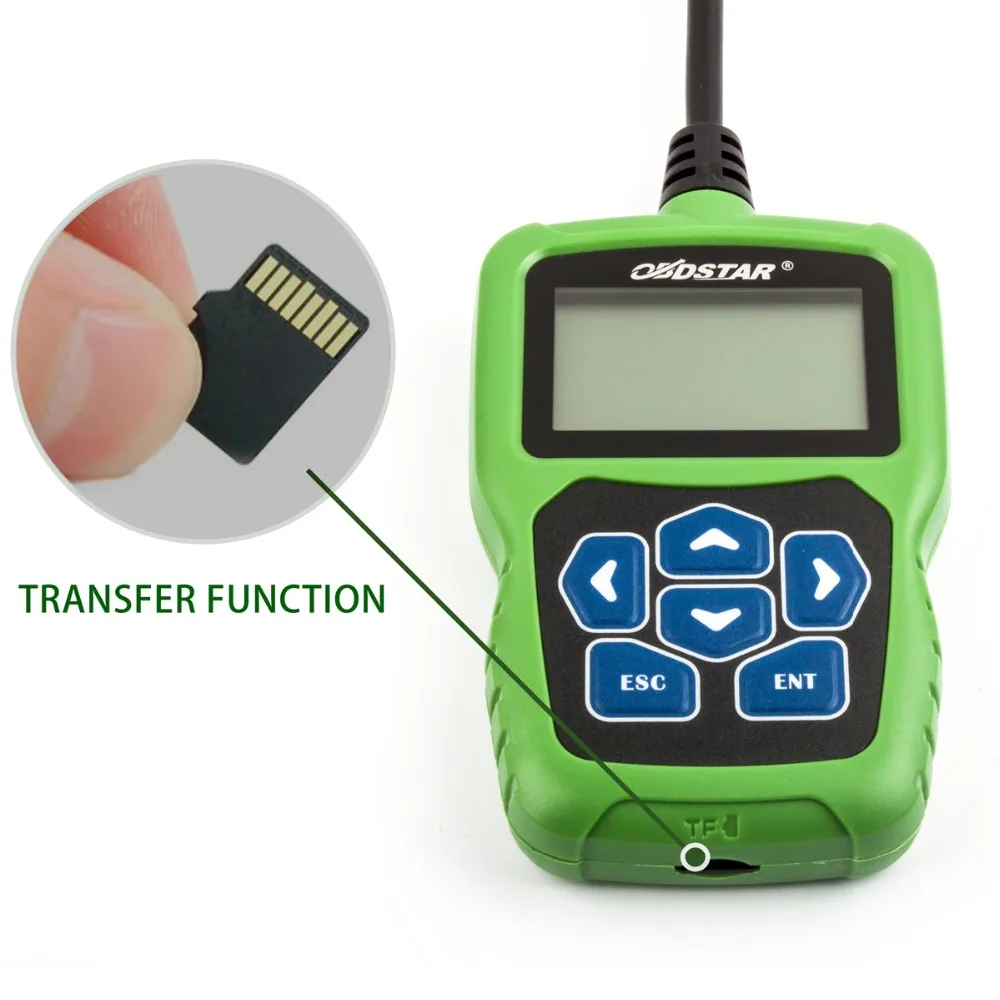

If you’re buying a series of weekly Pilates classes, the token may have a six-month duration, enabling your gym to regularly draw down on that token as each class takes place. In another transaction, the smart token issued in relation to the same asset (your bank account) could have completely different rules. When you hit ‘buy’, your bank sends a smart token to Amazon which has the following rules: a €1,000 payment limit and a two-week expiry date. These rules, which can be programmed by the issuer, dictate who can access the asset, at what time, for what purpose and under what set of circumstances. Surrounding this asset are a number of rules. Typically, it’s a bank account, such as your current or savings account. Think of it as the ‘center’ of the smart token. Let’s break it down.Īn asset is the source of value. It consists of three layers: an asset, a set of rules, and a state. It transmits the value and all the information needed to authorize the transaction together, in one go, including enhanced counterpart identity, transaction and invoicing data.

What is a smart token?Ī smart token takes this idea a step further. This means the data can, in effect, hide in plain sight. The central idea is this: when tokenized, unlawfully intercepted payment authorization data is rendered valueless because it simply isn’t there it is replaced by a token. The process itself however – of replacing sensitive data with unique identifiers which retain the essential information but don’t compromise security – can, in theory, be applied to any kind of transaction, from bank details, to health records, ID numbers – even to the idea of money itself. Tokenization is the security process that most recently unlocked the mobile payments market.Īll the major ‘OEM Pays’ (Apple Pay, Samsung Pay etc.,) use the technology to secure the transmission of payment data between device and terminal, writes Marten Nelson, co-founder and VP of Marketing at Token Inc. Before we get into the smart token bit, let’s recap.


 0 kommentar(er)
0 kommentar(er)
